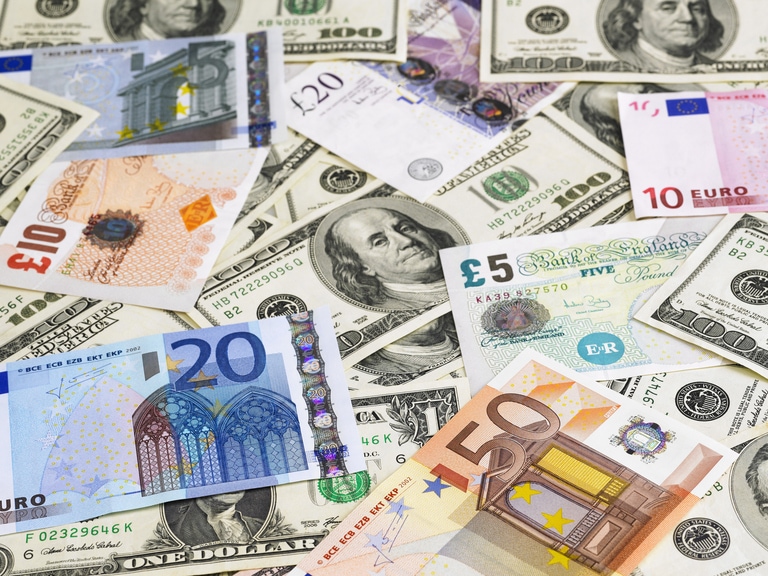US major banks will start reporting their first-quarter earnings on 14 April. Following SVB and Signature banks’ collapse, the upcoming earnings results will be particularly in the spotlight. Most big bank stocks fell more than 10% due to the bank turmoil in March. The biggest six banks, including JPMorgan Chase, Citigroup, Wells Fargo, Bank of America, Goldman Sachs, and Morgan Stanley’s earnings per share may fall about 2% from a year earlier, according to Refinitiv. The challenges that these banks are facing are fewer deposits, growing loan loss provisions, and a decline in deals making and trading activities. But their net interest income may continue to be strong due to high interest rates.
Banks’ loan loss provisions are swelling
After a joint venture to shore up confidence by aiding First Republic Bank, the big four, JPM, Citigroup, BoA, and Wells Fargo, are planning to set aside about $100 million each as loan loss provisions. All these banks have already increased their provisions since last year amid increasing credit risks. In the fourth quarter, JPMorgan Chase posted a $2.3 billion loan loss reserve, a 49% increase from the prior quarter. Citigroup’s total credit loss provision also increased by $370 million to $1.37 billion in the third quarter. The increase in provisions will further press on their profit margin, though net interest income may continue to grow.
The inflow of deposits slows down
Deposits were seen to flee to big banks for safety from smaller regional banks in March, with the deposits totaling more than $120 billion to the largest 25 US banks in the week following SVB’s fallout. However, the surge in deposits to these big institutions, including JPMorgan Chase and Wells Fargo, slowed in late March after these banks agreed to deposit $30 billion to rescue First Republic Bank. Confidence soured as the regional banks’ crisis may spread into the broader banking system.
The total deposits of these largest US banks already showed signs of declining since the start of this year, which is seen almost $100 billion in deposits pulled out from the first four biggest banks in the first quarter of 2023, as the banks did not pass the Fed’s high rates to depositors, causing funds to flow to higher-yielding assets. Though the reduction may have been partly offset by the inflow in March, the outlook is most likely to be weakened. The issue is that fewer deposits affect the bank’s ability to generate loans, which will eventually affect their primary source of income, net interest income.
Higher interest income
On the bright side, the net interest income could be pleasant for banks specialized in lending, such as JPMorgan Chase, Wells Fargo, and Citigroup. The high lending interest rates and low deposit rates may have increased their profit margin. The six biggest US banks are expected to grow their net interest income by 30% from a year ago in the first quarter, according to Refinitiv.
Ongoing headwinds in capital markets
The decline in deals making, IPOs, and trading activities is expected to continue in the first quarter. The big investment banks, such as Goldman Sachs and Morgan Stanley, may continue to suffer from the weakened demands in the capital markets.
Earnings per share estimates (Refinitiv)
JPMorgan Chase: $3.42, + 30% annually
Citigroup: $1.70, -16% annually
Wells Fargo: $1.13, + 28% annually
Bank of American: $0.84, 5% annually
Goldman Sachs: $8.6, -20% annually
Morgan Stanley: $1.75, -13% annually






